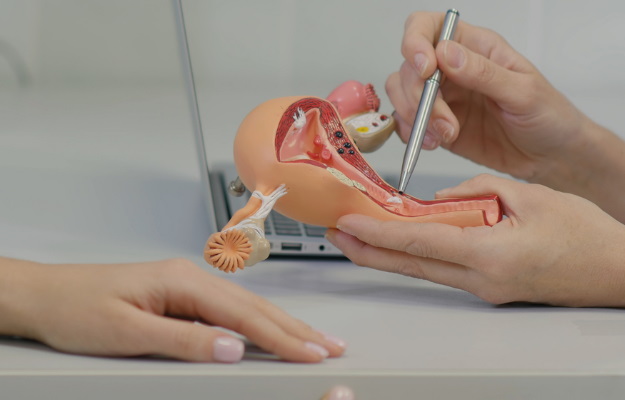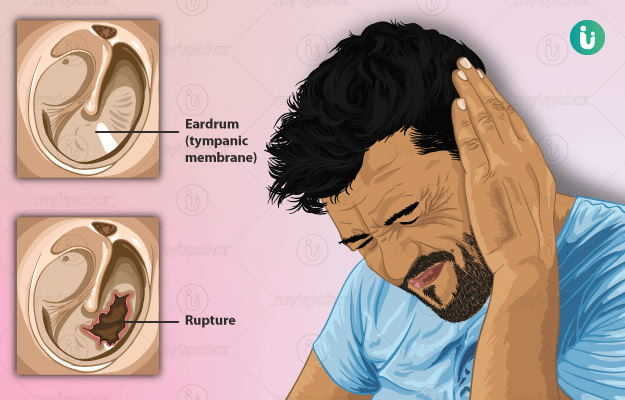Summary
Liposuction or lipoplasty is a surgery to remove excess fat from various areas of the body such as the thighs, buttocks, neck, and abdomen. Your surgeon will recommend this procedure to you if you are physically fit, have realistic expectations from the surgery, and have fat that cannot be managed by diet or exercise. Liposuction is not suitable for smokers as smoking interferes with healing. Those who cannot take anaesthetics are also advised against this surgery. The procedure involves making an incision and placing a small tube in the area to remove the excess fat, usually through vacuum suction. Some complications of liposuction surgery are infection, fluid accumulation, delayed healing, irregular body contours, or the need for a second surgery.













